Japan History, Samurai History
The Role of Castles in the Samurai Battles
The Role of Castles
The roles of castles in the Samurai battles differed greatly. Castle makers used wooden enclosures in the early times. While In the 16th century, it evolved into a beautiful stone castle.
Castles are mainly utilized for military defense. Castles are built in tactical locations. In particular, on rivers, roads and trade routes. For centuries, castles served as centers of people in authority.
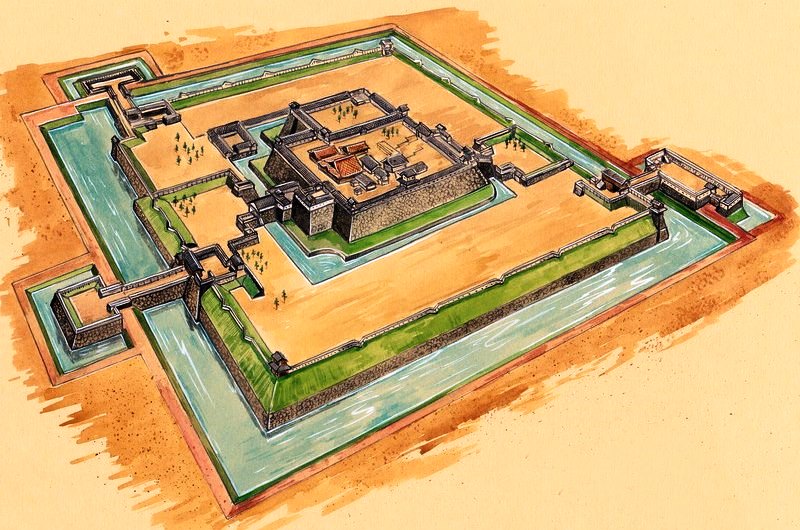
Japanese Castle Structure: Sengoku Period
In the Sengoku period, the purpose of Japanese castles was to provide a home for the feudal lords or Daimyo. Furthermore, it served to intimidate their rivals with the decor and size of the architecture, interiors, and defenses.
Moats are for diverting mountain streams. Castles are made of daub and wattle with wooden shingles or straw roof. In deploying guns and bows, planks or walls are built. However, this castle style is unpredictable due to the fact that the thatch roof can quickly catch fire compared to wood. Also, the soil erosion and weather hampered the castle from being massive and dense.
Stone bases are for overlaying the hilltop with fine pebbles and larger rocks above it. With the new materials used, this allowed castles to be more permanent. During a battle, moats are filled with water to prevent faster soil erosion.
Castle Structure & Firearms: Heian Period
During the Heian period from year 794 to 1185, their defense focused on protecting lords of individual mansions. Hence, tactical strategies changed.
Earlier castles are Korean and Chinese castles inspired. Wood is used to construct these structures. Moreover, castles became bigger to integrate many buildings, allow huge armies and to have more durable structures. The developments are mainly for protecting Kyushu shore from the Mongol invasions during the 13th century to the mid-14th century on the Nanboku-cho period.
As an example, the Akasaka castle and Chihaya castle. Kusonoki Masashige made these castles. Wooden walls are around the castle. At that time, it was the best design structure for military defense.
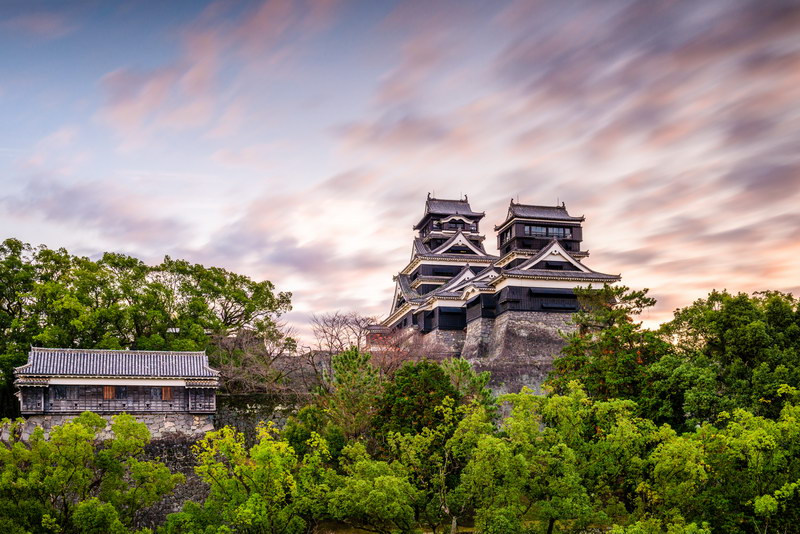
Castle Structure & Firearms: Nanboku-cho Period
At the 14th century, the classic version of Japanese designs surfaced with distinctive styles and shapes. Also, during this time the development of castle towns have started.
A dramatic change happened during the last 30 years due to the war. The Himeji castle type was the common Japanese castle that surfaced at this time. When the Japanese got acquainted with firearms in the year 1543, instantly, castle structures are developed.
The Azuchi castle is made in the year 1570 and the first castle built on a more massive scale. The castle features a huge stone base, a tall tower, and intricate bailey design. Castles are on the fields during this period. Rather than on mountains. Castle structure is dependent on man-made defenses for protection than the natural environment.
However, due to the introduction of arquebus and cannon, the Osaka castle was wrecked as this structure is taller than the other buildings. The arquebus introduction has brought about change in the military strategies and attitudes of the Japanese. The shift in castle structure was varied and complex. One of the changes was to consider battle at a distance. Archery duels are used scarcely.
Azuchi Castle
The most skillful commander in the use of the new firearms was Oda Nobunaga. Nobunaga is the leader during the construction of the Azuchi castle. The castle features a more durable stone base that can withstand the damage brought by the arquebus balls. This castle-style is very ideal, which compares to other wood or natural materials previously used.
The castle has a larger scale which is advantageous so rivals will have a hard time destroying it completely. The castle’s location and high towers provided better visibility of incoming foes. So even at a distance, they already have leverage over their opponents as they can easily operate their guns. The complicated castle baileys and courtyards were provision for opportunities to reclaim portions of the fallen castle.
In Japan, a cannon was a rare weapon as it is costly to obtain them from Europeans. It was also difficult to create it by themselves since the bronze smelters used to produce temple bells were incompatible in producing steel or iron cannon. European ship cannons are smaller. This is the cannons used by Japanese and reinstalled it for land use.
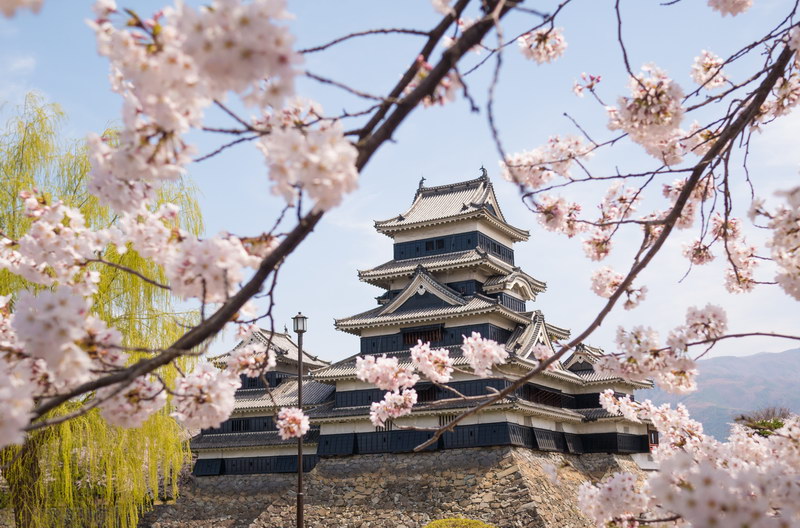
Traditionally, the goal of parties is to battle on the battlefield, particularly outside the castle. Siege occurred when it wasn’t settled in this way. The new development sparked the new castle structure but there’s this ever-increasing use of firearms. Hence, stone castles were brought to construction.
Just after 3 years of completion, the Azuchi castle was in ruins. Nonetheless, it marked another period of castle-building.
The Ninjato Sword: Myth and Mystery of the Ninja
Iaido – The Japanese Martial Art
Wakizashi Sword: The Auxiliary Blade of Honor
Golden Age of Japanese Castle Building
The Golden Age of Japanese castle building started from the year 1570 to 1690. Castles are larger than traditional buildings.
One of the many castles is the Hideyoshi castle located in Osaka. Its completion is in the year 1585. This castle’s structure integrated the construction concept and features of the Azuchi castle. But it was enormous and situated in a prime location. The castle was the last stronghold of resistance versus the Tokugawa Shogunate.
The Azuchi style of a stone foundation is adopted by another castle construction thereafter. The durable stone base was more than enough to resist the arquebus fire. It was also strong enough to resist the prevalent earthquakes.
The Ikkoku Ichijo
The intricate and luxuriant castle design and the powerful display of Samurai have intimidated the Shogun. As a result, in 1615, Shogun Ieyasu promulgated a law regarded as the Ikkoku Ichijo. This bans the Samurai from constructing more than one castle on their estates and required each province to sustain the balance of power.
The outcome of this law tore down the historic structures in other castles and a rise of inessential castle construction in other areas. The Daimyo needs to acquire permission whenever they renovate and rebuild their castles.
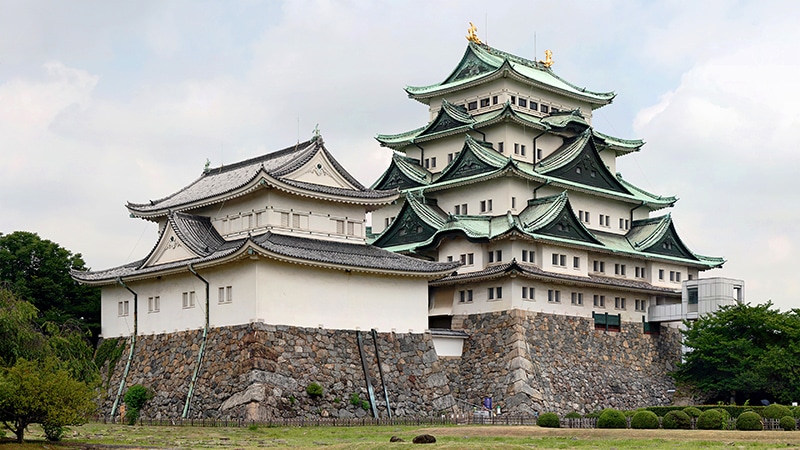
Before laying the stone base, the Daimyo and his advisors carefully plan a castle’s layout. Nawabari is the first process in castle building. It means stretched rope or territory. It is when the designers mark out the place where the walls, gates, and moats will be built.
The castles enclosed by a bunch of towers includes reception halls and courtyards. Various rooms design conforms with the traditional seating arrangements. Sliding doors and murals have paintings on which is desirable to receive high-ranking officials.
When it comes to the Tenshu, it is bigger and more artistic as this represents the Daimyo’s power and wealth. This castle also includes gardens.
Castles After Meiji Restoration
After the year 1868, castles represent as a reminder of the Feudal years of Japan and ended with the Meiji’s control of power. In the year 1873, the new authority promulgated the Castle Abolishment Law wherein they have demolished ⅔ of the remaining castles by the year 1875.

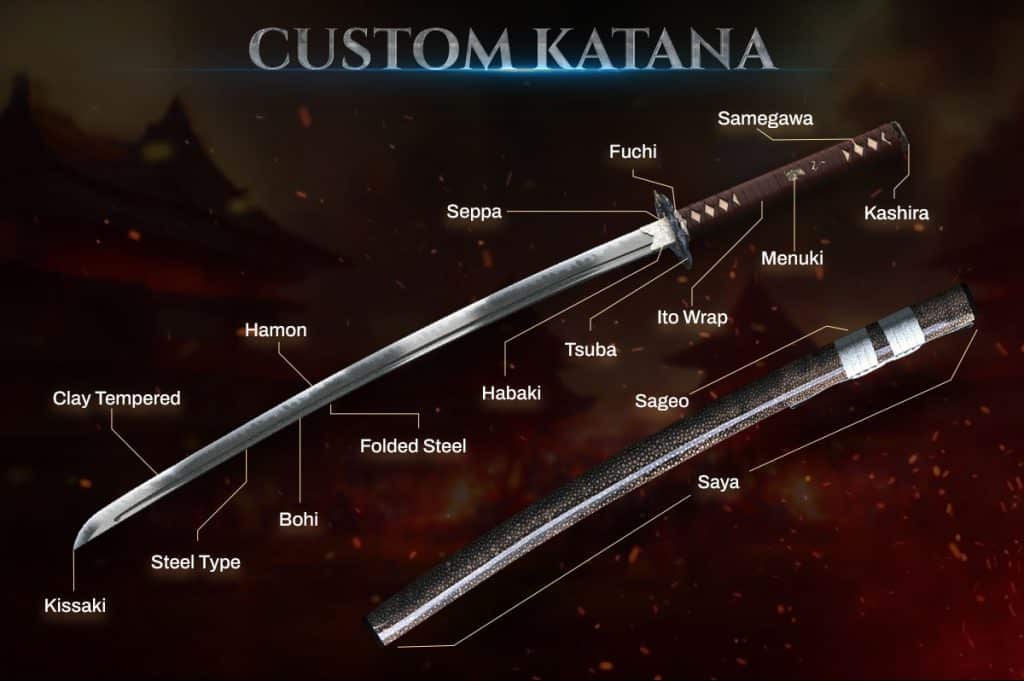
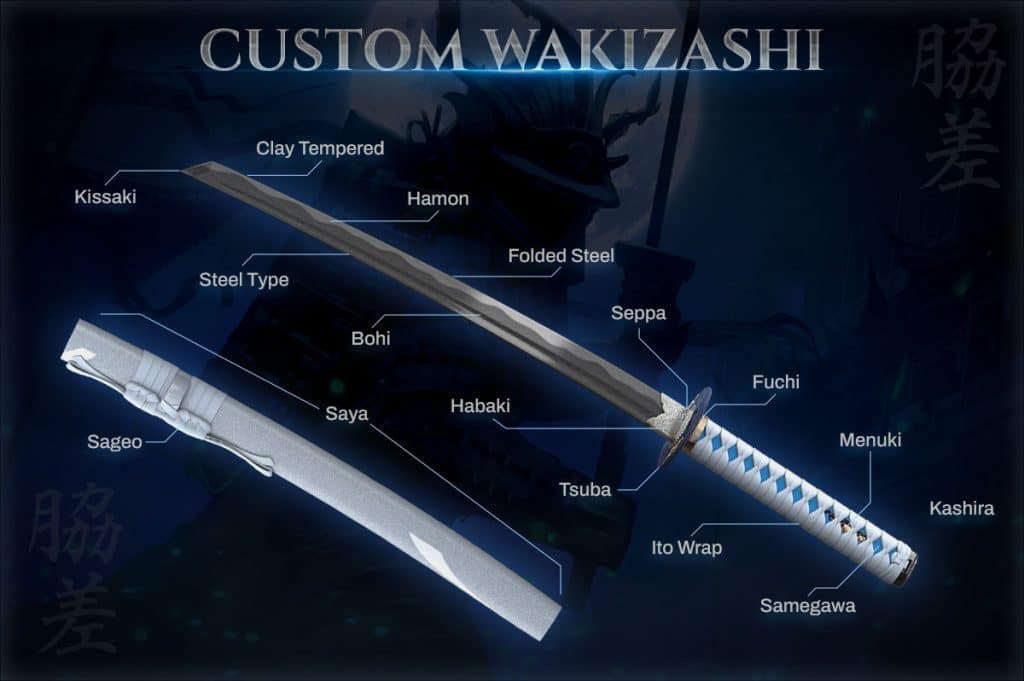
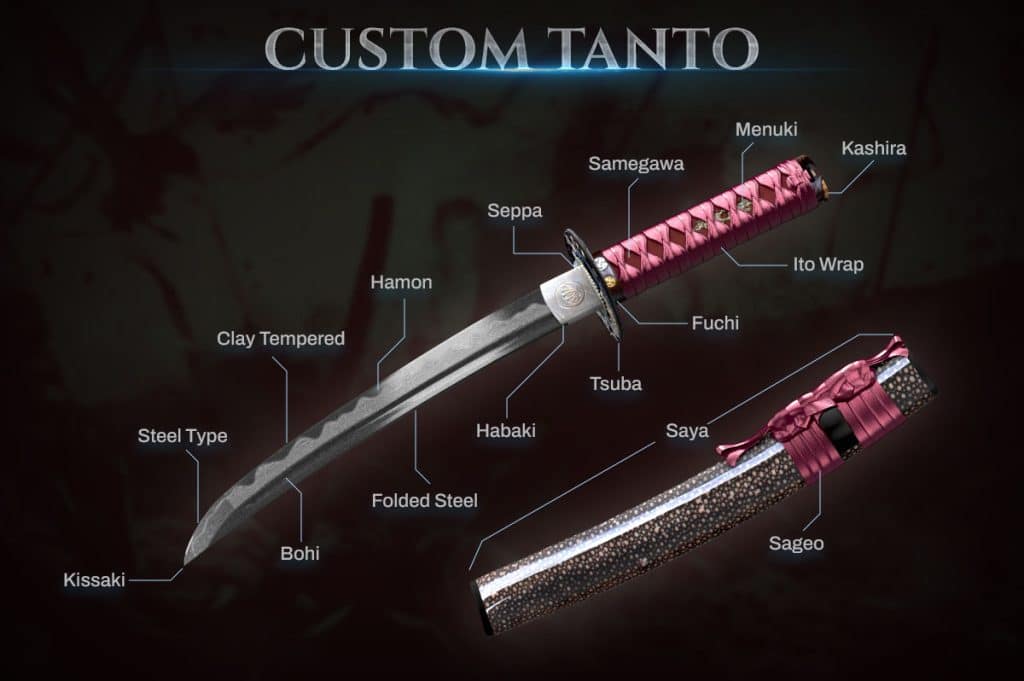
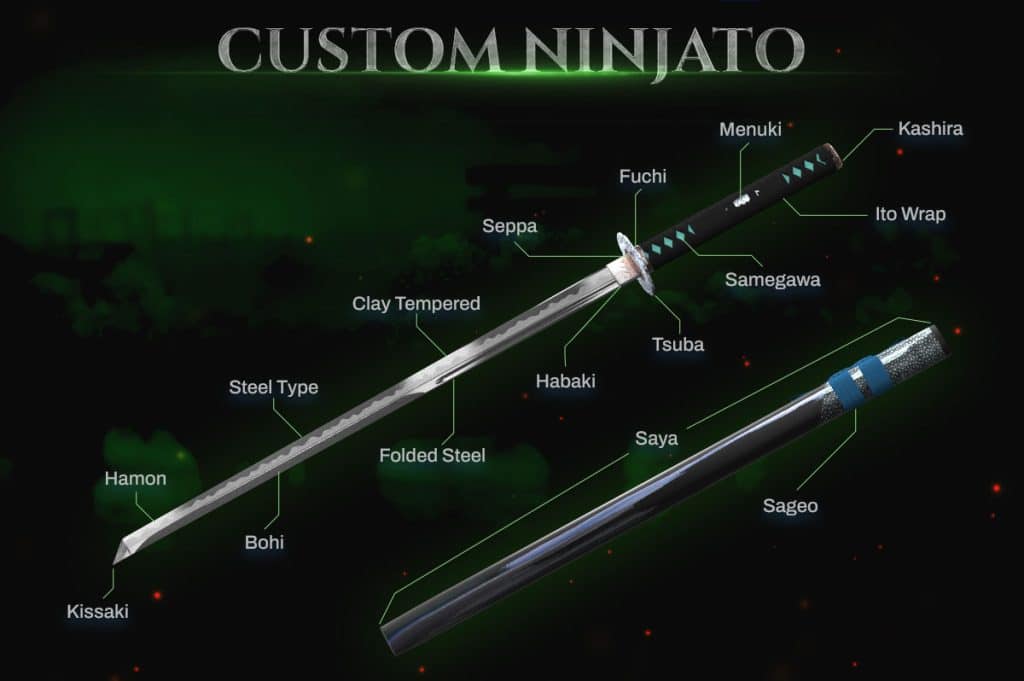
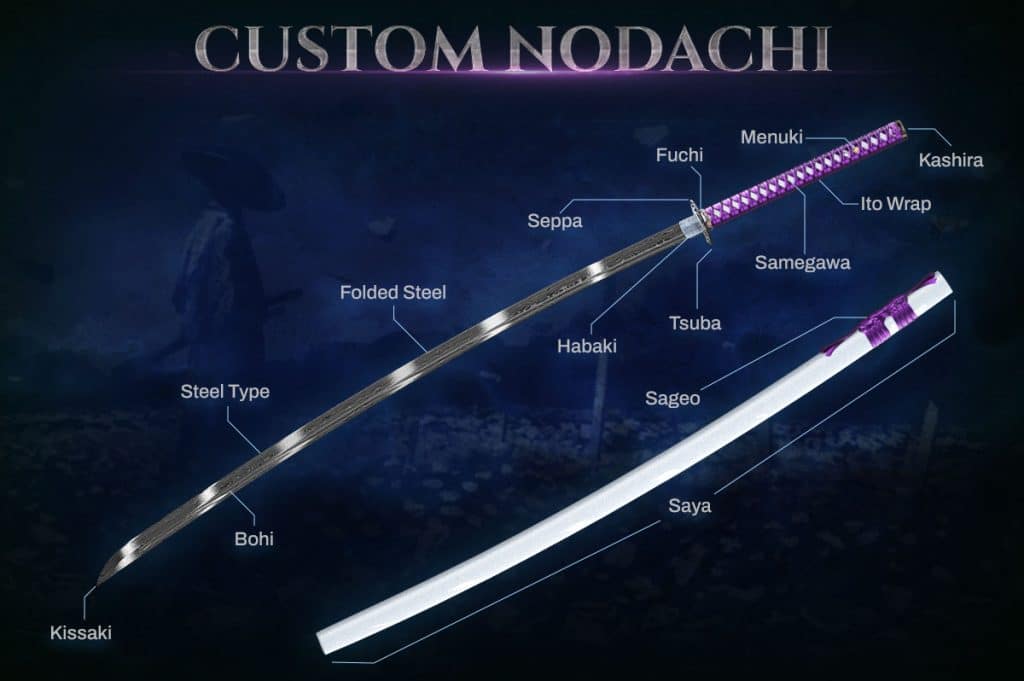
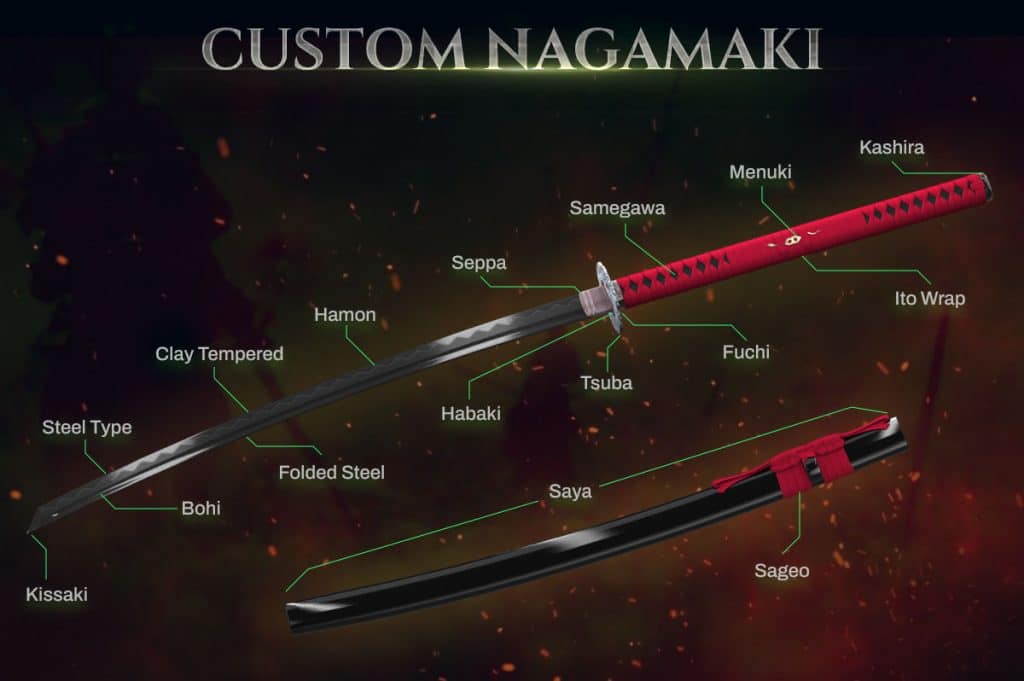
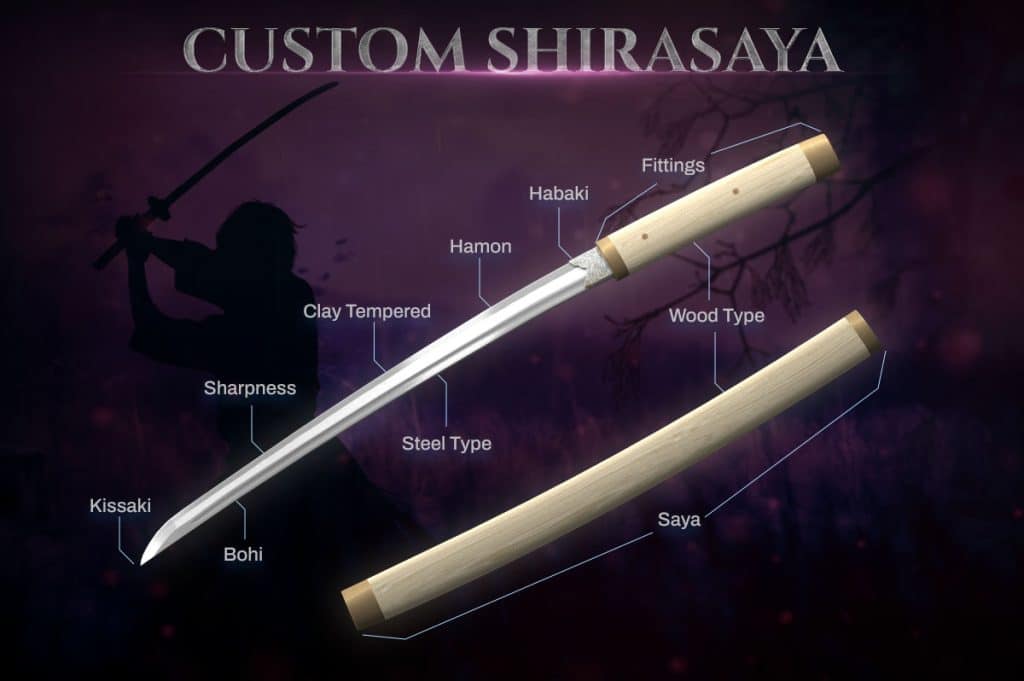
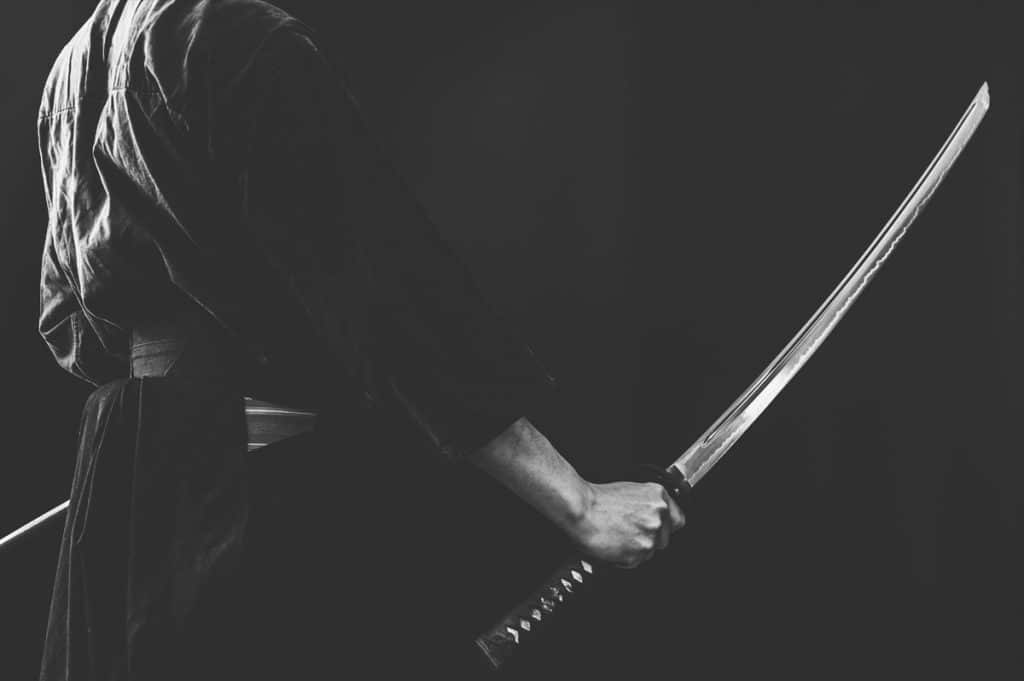
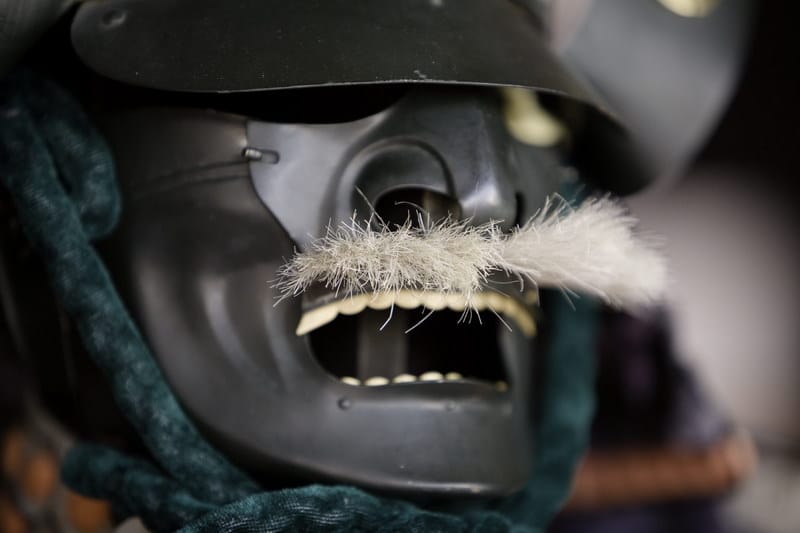
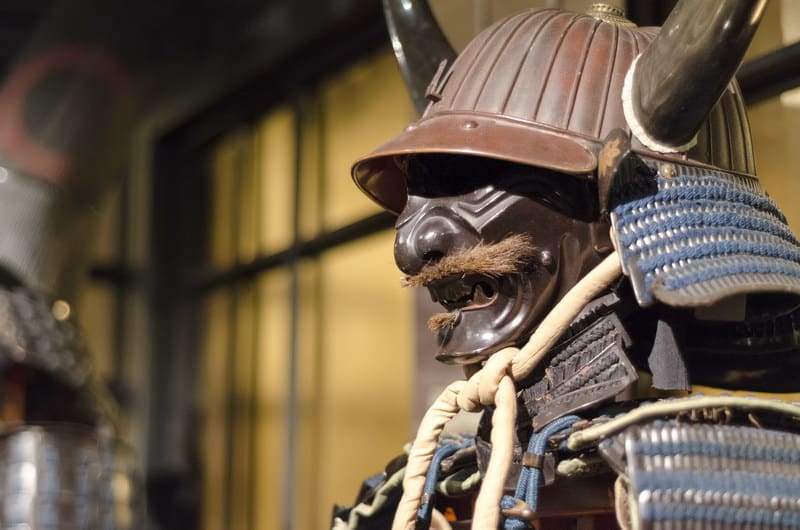
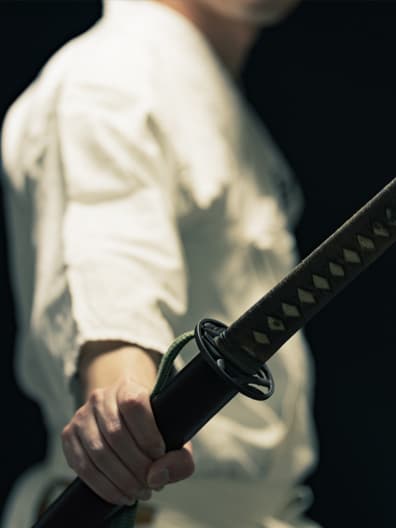
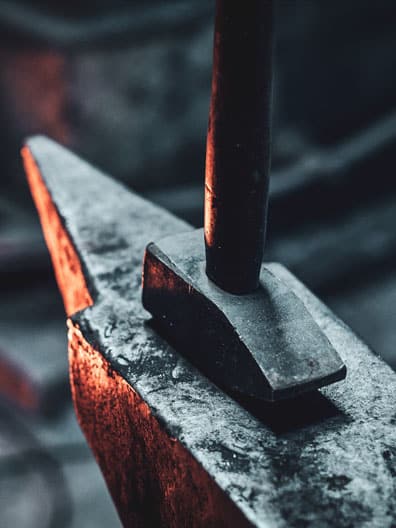
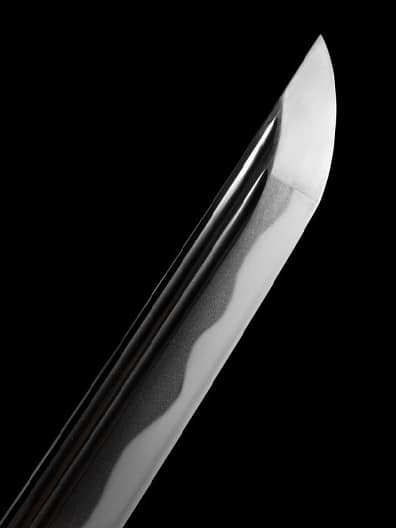
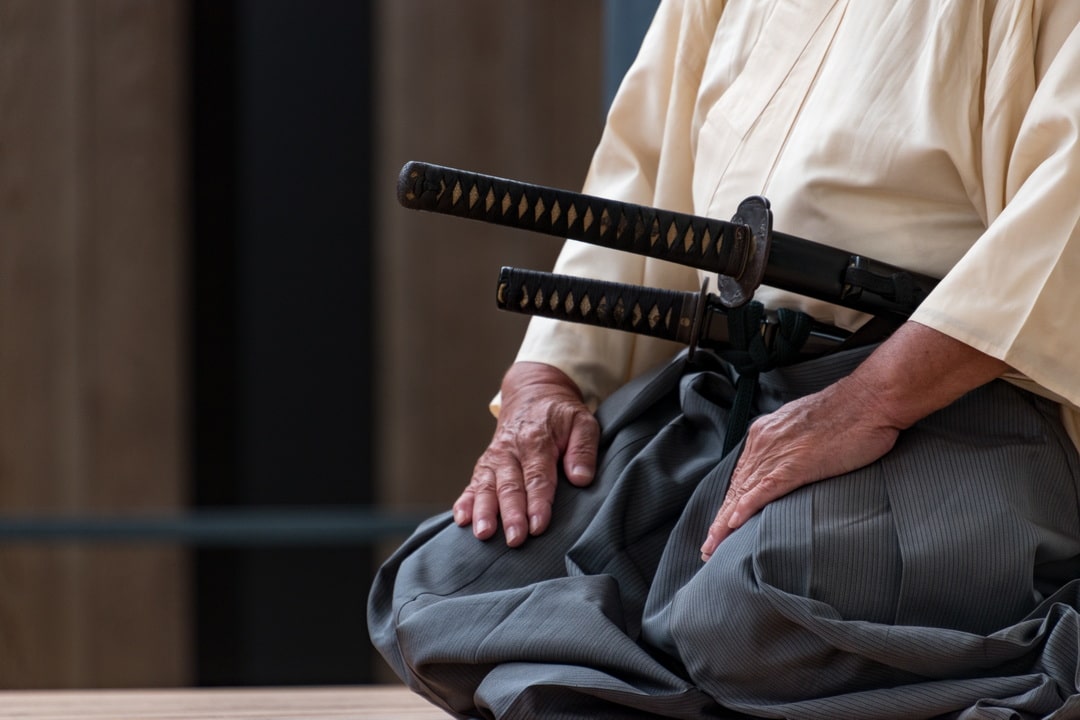
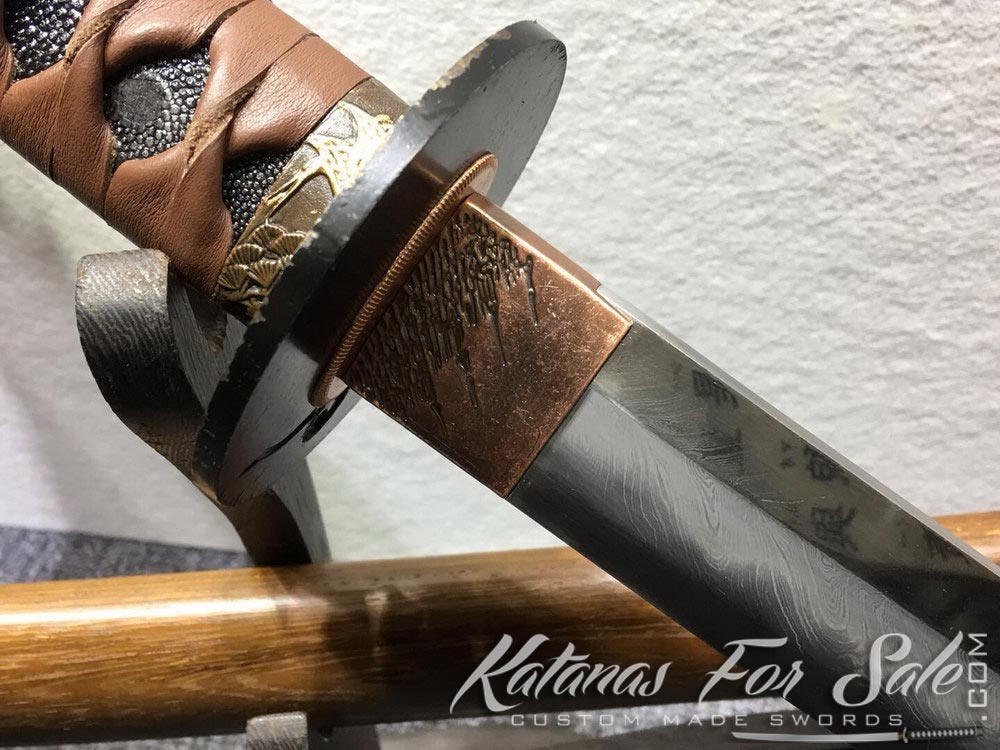
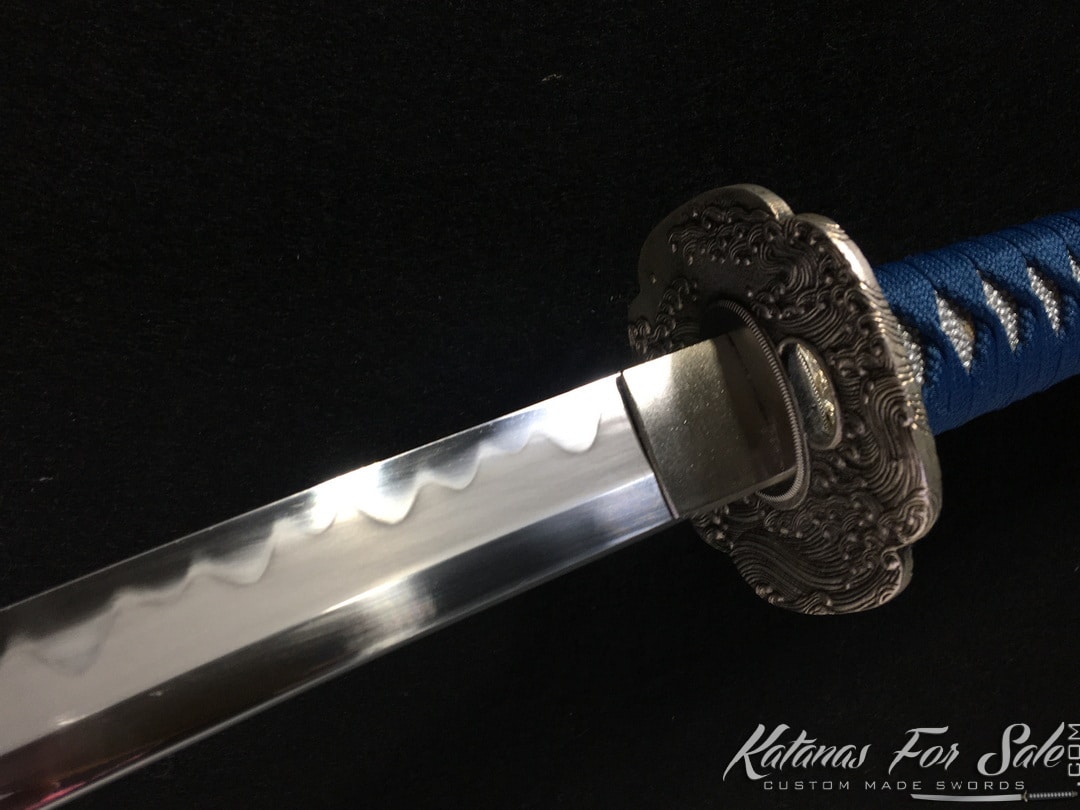
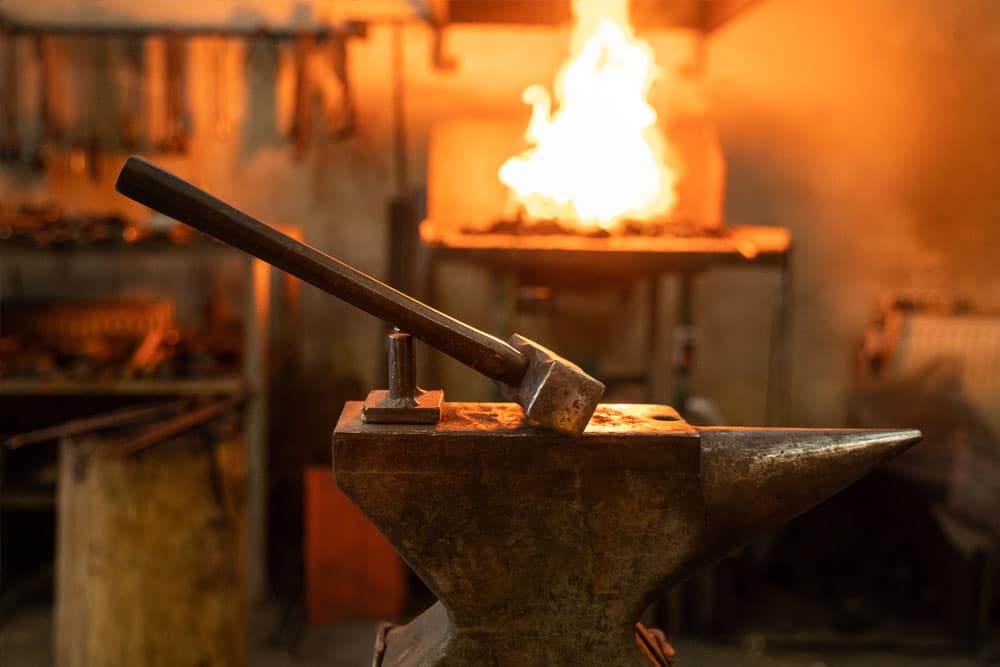

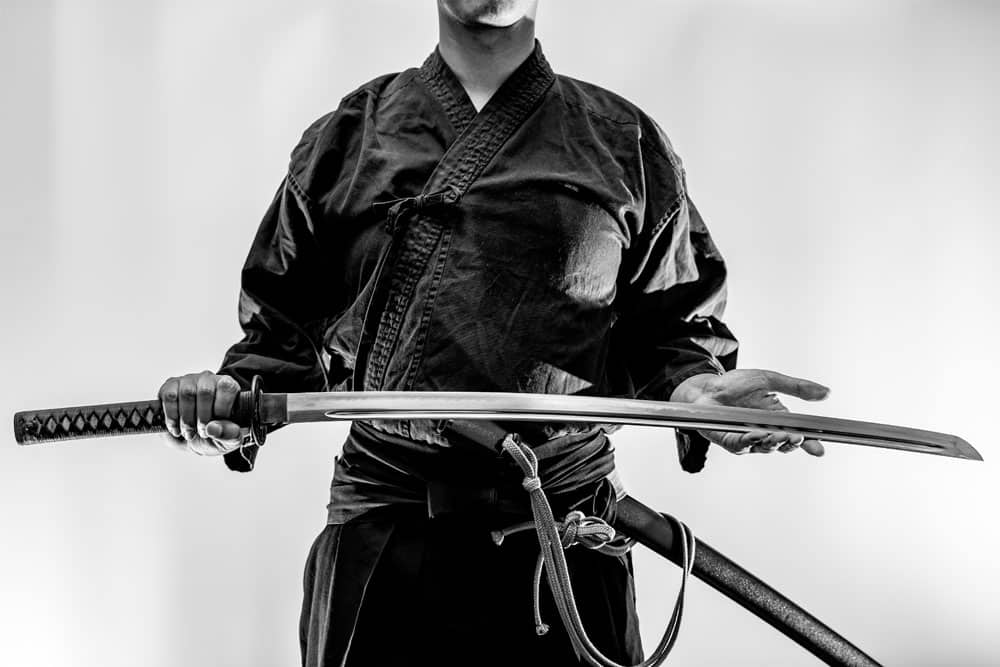

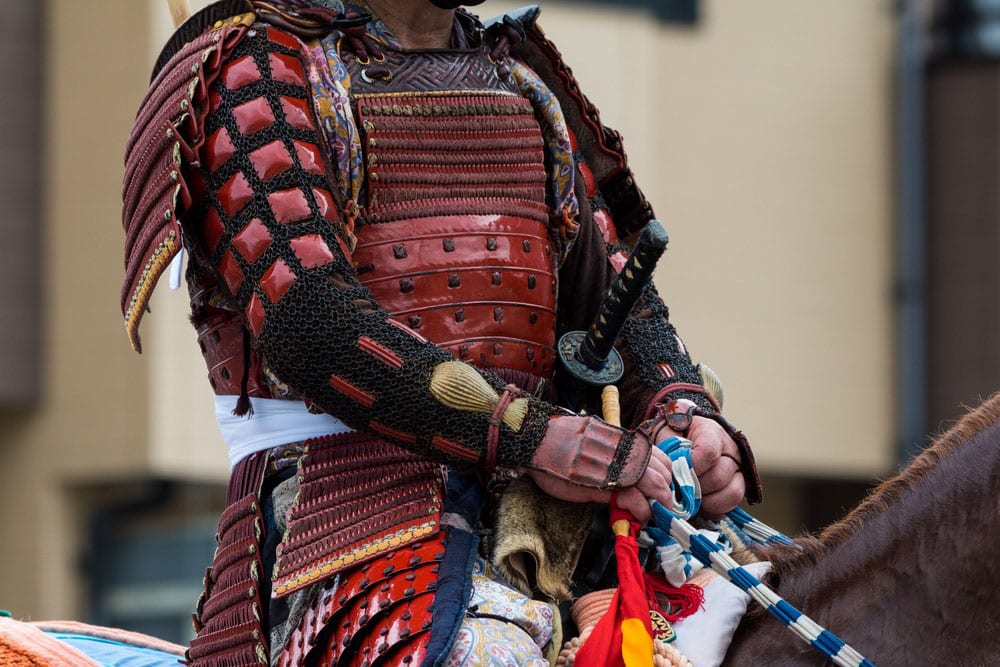
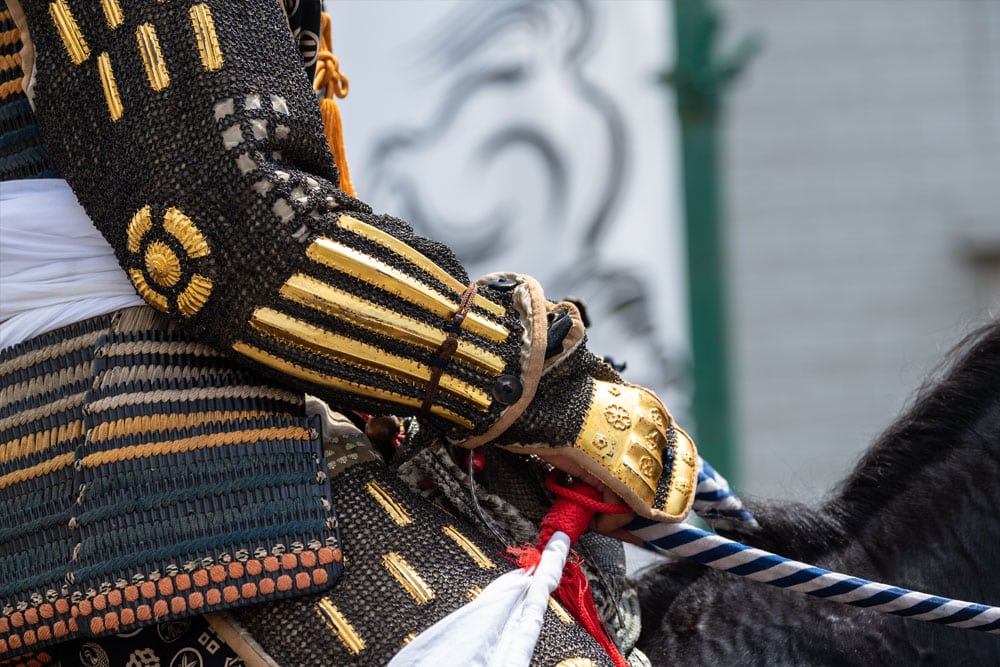
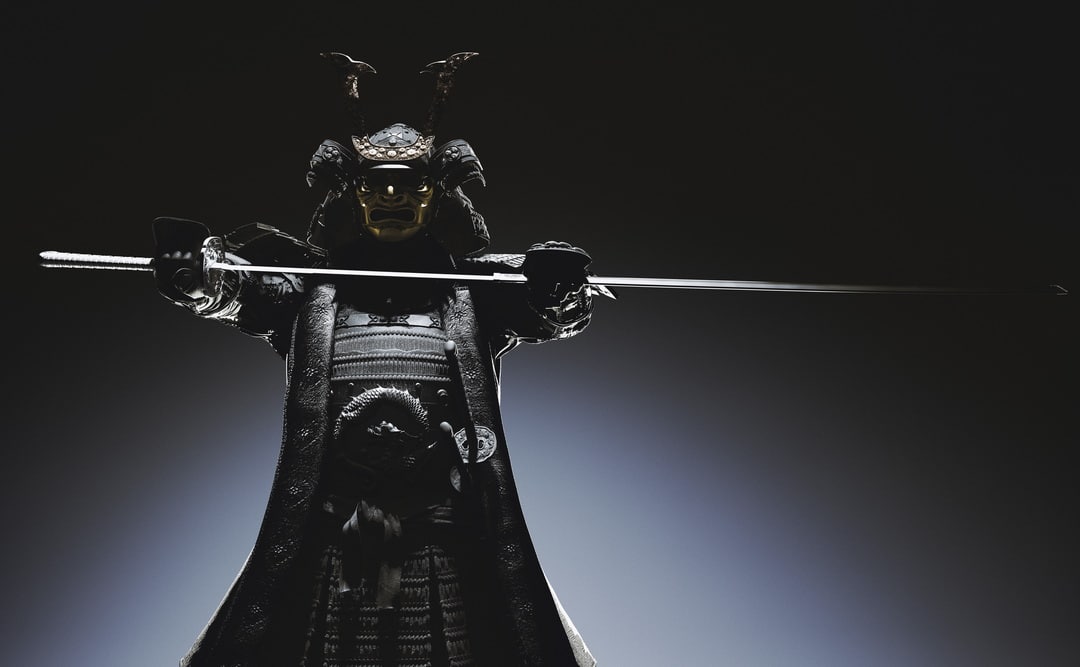
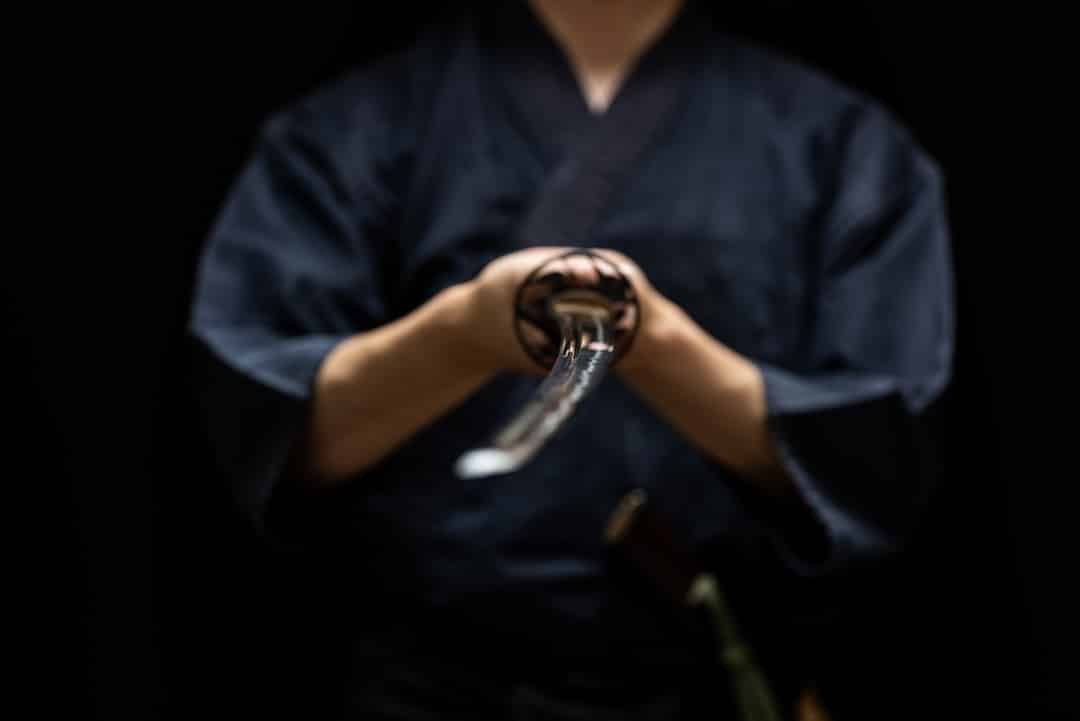
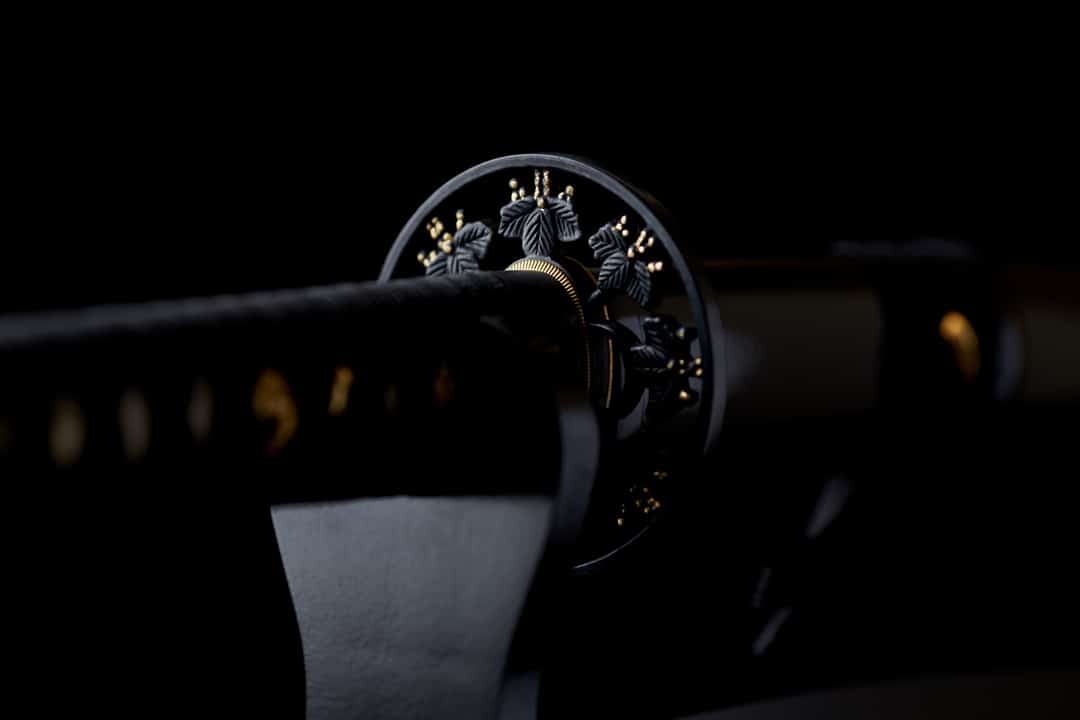
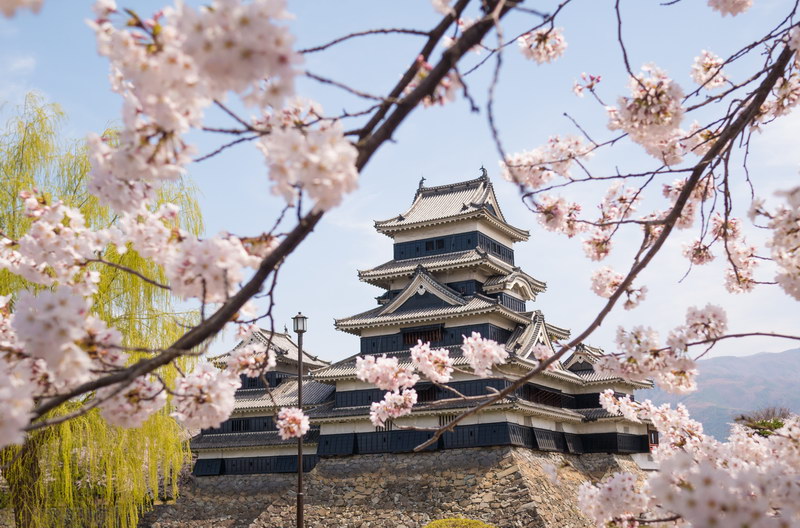

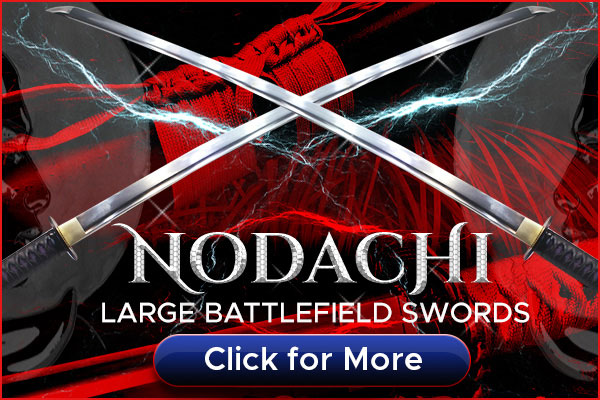
Test Your Knowledge
Feudal Japan's Warriors and Roles Unraveled
Samurai Sword Mastery: The Ultimate Challenge
Samurai Wisdom: Embark on a Journey Through the Ages